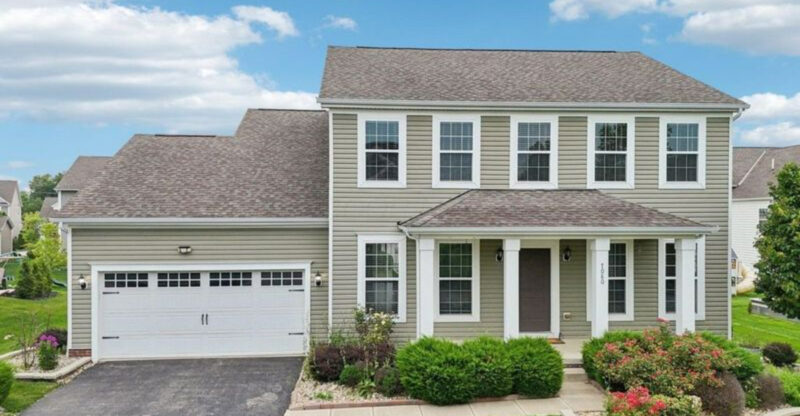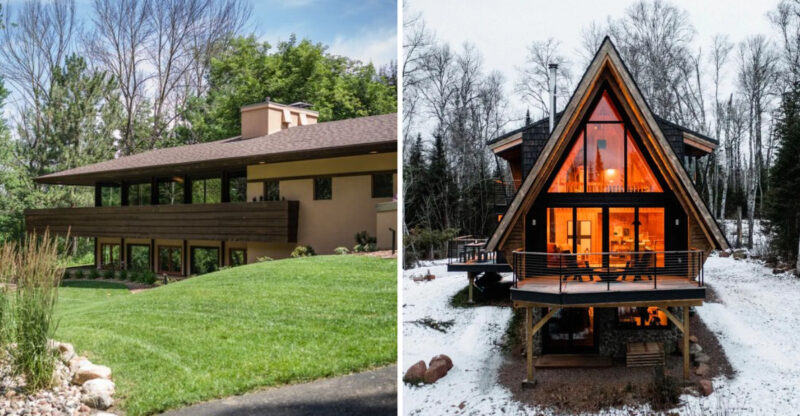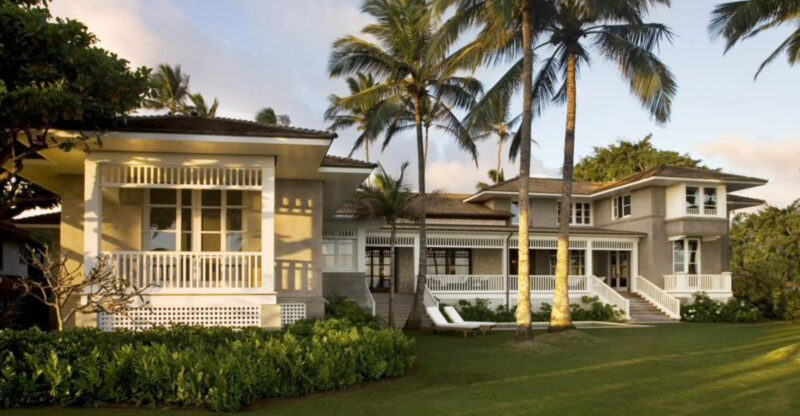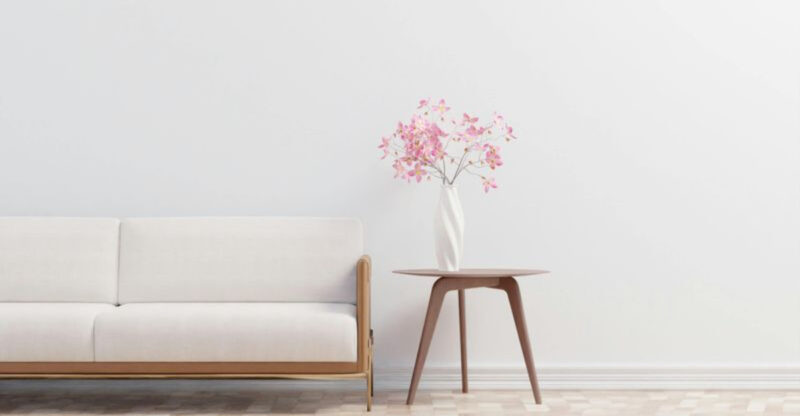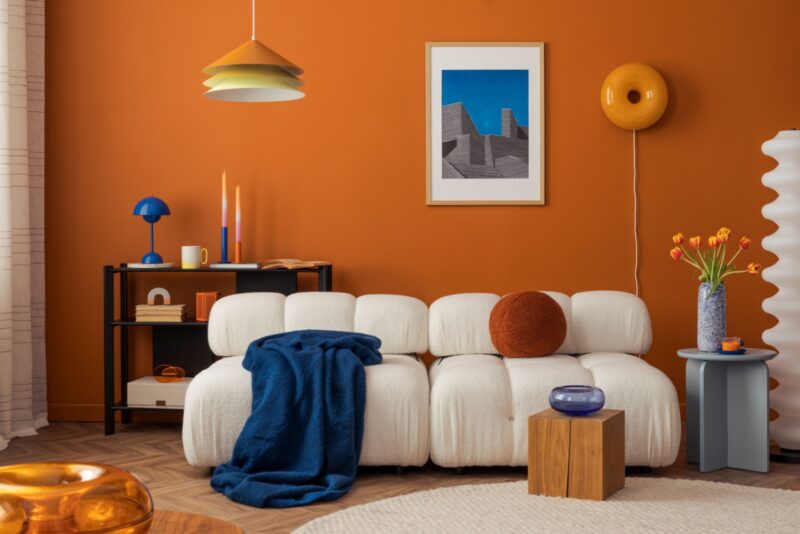7 Nashville Vintage Tile Floors That Still Shine
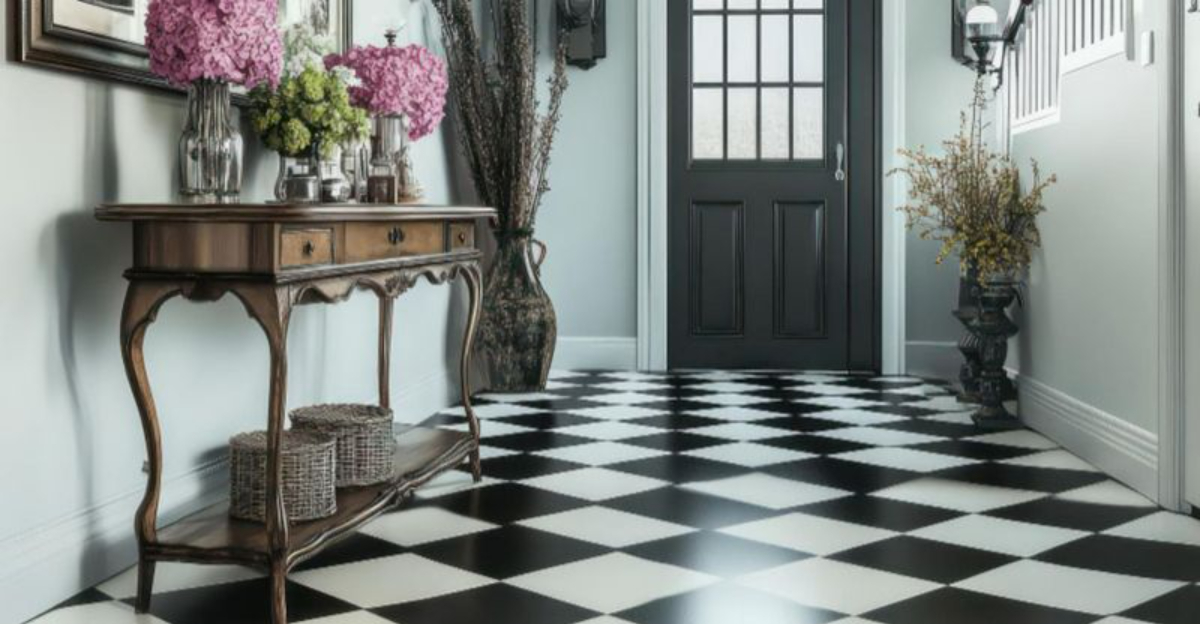
Nashville’s historic buildings hide treasures beneath our feet. Vintage tile floors tell stories of craftsmanship and design trends from bygone eras.
From grand hotel lobbies to humble bungalow bathrooms, these classic patterns have withstood decades of footsteps while maintaining their distinctive beauty.
1. Hexagon Mosaic Magic
Small hexagon tiles arranged in mesmerizing patterns first appeared in early 1900s bathrooms and entryways. White hex tiles with black flower accents remain particularly cherished in Nashville’s historic districts.
The penny-sized ceramic pieces create a timeless look that’s surprisingly durable. Modern designers often recreate these patterns in new builds, proving good design never truly fades.
2. Encaustic Cement Brilliance
Victorian-era encaustic cement tiles showcase geometric patterns in rich colors that penetrate through the entire tile. Unlike painted surfaces, these pigmented beauties maintain their pattern even as they wear.
Nashville’s historic homes feature these artistic floors in entryways and kitchens. Their handcrafted charm comes from a century-old process where colored cement is poured into metal molds.
3. Classic Basketweave Pattern
The elegant interplay of rectangular tiles arranged to mimic woven baskets creates visual interest in many Nashville bathrooms from the 1920s and 30s. Typically featuring white rectangular tiles bordered by black accent pieces, this pattern exudes sophistication.
Basketweave floors have remarkable staying power because they complement virtually any décor style, from traditional to contemporary minimalist approaches.
4. Terrazzo Treasures
Marble chips suspended in concrete create the speckled beauty of terrazzo floors. Popular in Art Deco and mid-century buildings, Nashville’s grandest terrazzo installations feature brass divider strips that form geometric designs.
Originally a thrifty way to use marble scraps, terrazzo evolved into a high-end finish. The polished surface reveals countless colorful fragments that catch light differently as you walk across.
5. Octagon-And-Dot Classics
White octagonal tiles paired with smaller square dots create a rhythm that’s instantly recognizable in early 20th-century homes. This pattern adorns countless Nashville bathrooms built between 1900-1940.
The crisp contrast between white octagons and black dots creates visual interest without overwhelming the space. Restoration experts often hunt for authentic replacements to maintain the historical integrity of these beloved floors.
6. Colorful Penny Round Patterns
Tiny circular tiles no bigger than pennies create playful, pixelated floors that gained popularity in the 1930s. Nashville’s vintage diners and ice cream parlors often featured penny rounds in cheerful color combinations.
The small scale of these tiles allowed for creative patterns; from simple borders to elaborate pictorial designs. Their slightly raised texture provides excellent slip resistance, making them practical as well as pretty.
7. Checkerboard Charm
Bold black and white checkerboard tile floors remain one of Nashville’s most enduring vintage patterns. This dramatic design first appeared in Victorian homes but reached peak popularity in 1950s diners and kitchens.
The high-contrast squares create optical illusions that make spaces feel larger. Modern homeowners often recreate this classic look using vintage-inspired tiles that capture the authentic charm without the maintenance challenges.


